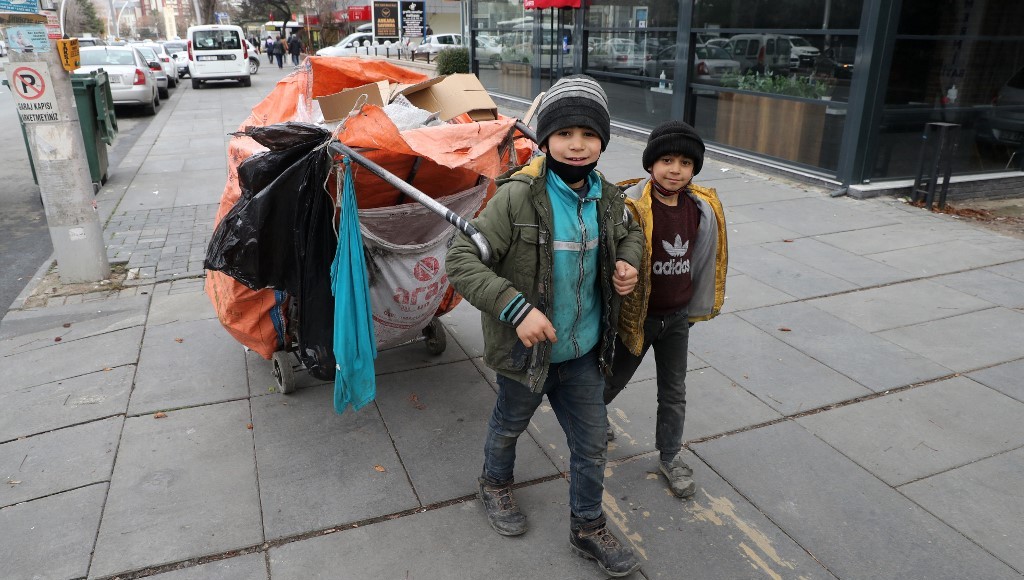Nearly one in three children in Turkey lives in poverty, according to data released by the Economic Policy Research Foundation of Turkey (TEPAV), putting the country well above European Union averages in child poverty.
The report estimates that 7.1 million children in Turkey live in households classified as poor under the OECD definition, which sets the poverty line at 60 percent of the national median income adjusted for household size, corresponding to 32 percent of children. Using the European Union’s methodology, which includes broader household measures, the figure rises to 34.2 percent — nearly double the EU average of 19.3 percent.
When refugee children are included, the number increases to 8.3 million. Alternative methods that assess absolute poverty or household expenditures place the total above 10 million.
Child poverty in Turkey has remained consistently higher than adult poverty. In 2023 the adult poverty rate was 17.2 percent, while child poverty stood at 32 percent, marking a persistent 80 percent gap over the past two decades.
Public spending on family and child welfare programs in Turkey is low compared to EU standards. The report notes that Turkey allocates just 0.45 percent of its gross domestic product to these programs, compared to the EU average of 2.37 percent. While EU countries reduce child poverty by an average of 45.6 percent through social protection programs, Turkey achieves only a 19 percent reduction.
An estimated 2 million children are living in what the report terms “deep poverty,” with limited access to essential services and higher exposure to risks such as child labor, exploitation and criminal involvement.
According to data cited in the report, the number of incidents involving children in criminal cases has increased by over 50 percent in the past decade. In 2023 Turkish prosecutors opened over 300,000 case files involving children for 628,000 offenses.
The report states that poverty contributes to long-term developmental disadvantages, including poorer educational outcomes, health risks and increased exposure to abuse and neglect.
Turkey’s child population has declined steadily in recent years. Children represented 35 percent of the total population in the early 2000s, but by 2024 that share had fallen to 25.5 percent, or 21.8 million, roughly 1 million fewer than a decade ago.
The report links this demographic shift to declining birth rates, a rise in divorces and the absence of public policies designed to support child welfare. It also notes that the 2022 removal of child-related tax credits, such as the minimum living allowance, increased the financial burden on families with children.
Analysis of budget allocations shows that only 0.25 percent of Turkey’s central government budget is directed toward child-specific welfare programs, corresponding to about 6 percent of all social protection spending. By comparison, the EU average for child and family-related social protection stands at 2.37 percent of GDP.
The report concludes that Turkey’s existing fiscal and welfare policies are insufficient to address rising child poverty rates, particularly during periods of economic contraction. Without structural reforms in taxation and social spending, the number of children living in poverty is expected to increase.



